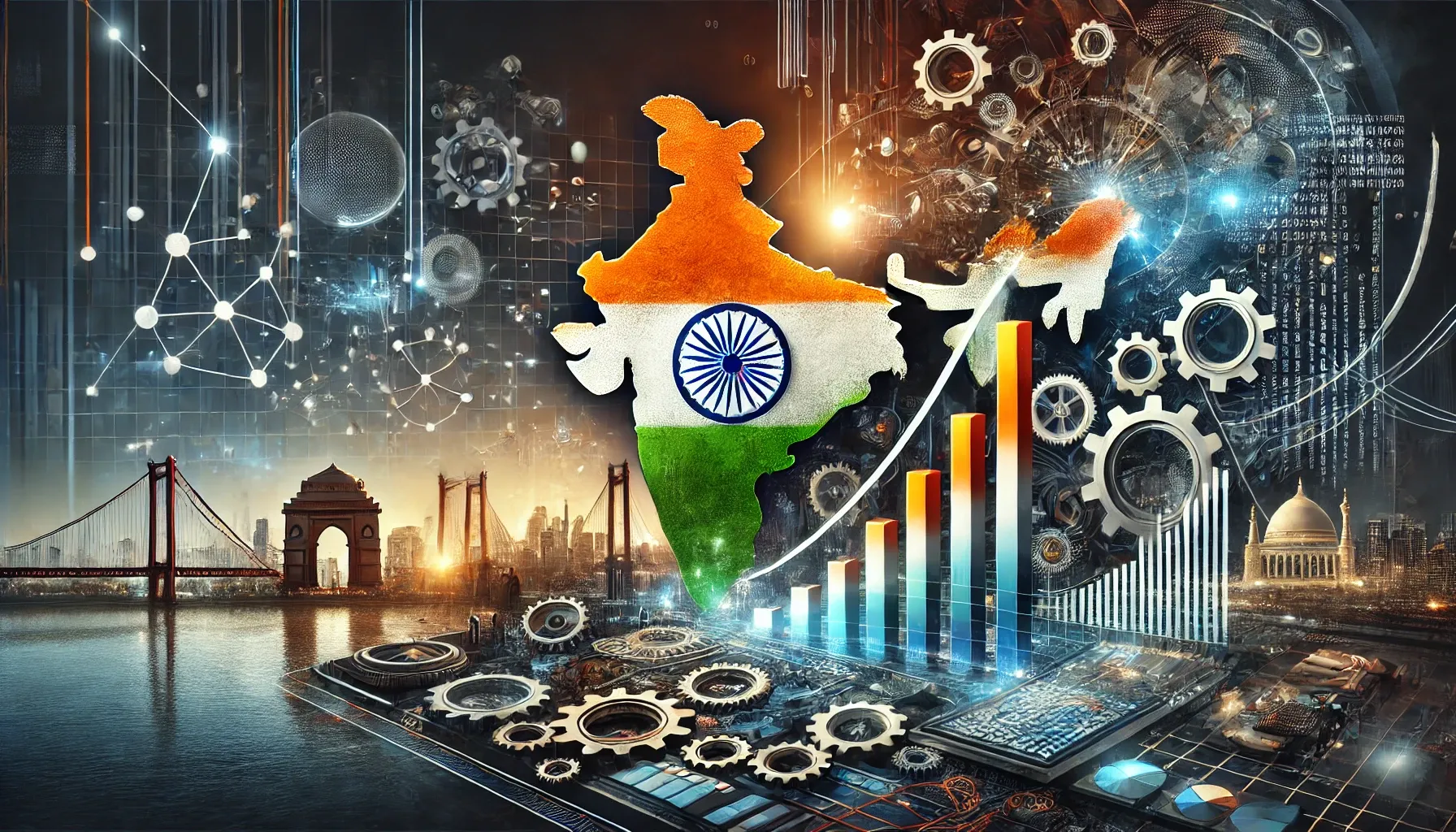UPSC
The Hindu Briefs
Self-Reliance Driving India’s Economic Surge
Last Updated
21st March, 2025
Date Published
21st March, 2025
Share This Post With Someone

Context:
This analysis examines how India’s pivot to self-reliance, through targeted policy changes, is fueling economic expansion. The piece highlights key initiatives reshaping industrial, defense, and human capital sectors, positioning India as the third-largest economy by Purchasing Power Parity ($14.5 trillion), with a focus on reducing external dependence and enhancing domestic capabilities.
- Make in India Initiative: Launched in 2014, this policy promotes domestic manufacturing by easing regulations, offering tax incentives, and improving infrastructure, boosting sectors like electronics and automobiles.
- Production Linked Incentive (PLI) Schemes: Introduced in 2020 and expanded by 2025, PLI provides financial incentives (₹120 crore allocated) to enhance production in 14 sectors, including pharmaceuticals and renewable energy, reducing import reliance.
- Defense Indigenization: Post-2020 DAP (Defence Acquisition Procedure) reforms prioritize local production of fighter jets, missile systems, and warships, cutting arms imports (India dropped to second-largest importer by 2025).
- iDEX Framework: Initiated in 2018, Innovations for Defence Excellence fosters startups and MSMEs to develop indigenous defense tech, with policy support like funding and trials scaled up by 2025.
- Skill India Program: Revamped in 2021, this policy enhances workforce skills via vocational training, aligning education with industry needs (e.g., IT, manufacturing), targeting 400 million skilled workers by 2030.
- Digital India Push: Strengthened since 2020, policies promote digital infrastructure (e.g., 5G rollout) and IT self-reliance, supporting firms like TCS and Infosys to lead global outsourcing markets.
- Startup India Expansion: Updated in 2023, it offers tax holidays and funding access, encouraging entrepreneurship in AI, green energy, and biotech, fostering innovation-driven growth.
- Defense Space Agency: Established in 2019 and bolstered by 2025 policies, it militarizes space capabilities, integrating satellite tech and cyber warfare into national security frameworks.
- FDI Policy Shift: Revised in 2024, caps foreign ownership in strategic sectors while incentivizing joint ventures for tech transfer, balancing openness with self-reliance goals.
- Education Investment: Increased budgetary allocation since 2022 supports IITs and IISc for R&D in 4IR technologies (e.g., quantum computing), aiming to retain talent and reduce tech imports.
Key Terms:
- Make in India: Policy to boost domestic manufacturing and reduce imports.
- PLI Schemes: Incentives for production in key sectors to enhance self-reliance.
- DAP 2020: Defence Acquisition Procedure promoting indigenous defense production.
- iDEX: Framework supporting defense innovation by startups and MSMEs.
- Skill India: Program for workforce skilling to meet industry demands.
- Digital India: Initiative for digital infrastructure and IT self-sufficiency.
- Startup India: Policy fostering entrepreneurship with fiscal benefits.
- Defense Space Agency: Body advancing space-based defense capabilities.
- FDI: Foreign Direct Investment, regulated for strategic autonomy.
- 4IR: Fourth Industrial Revolution, era of advanced tech like AI and robotics.
Link To The Original Article – https://www.thehindu.com/education/how-policy-shift-towards-self-reliance-is-boosting-indias-economic-growth/article69348587.ece